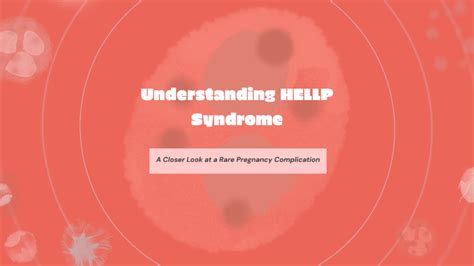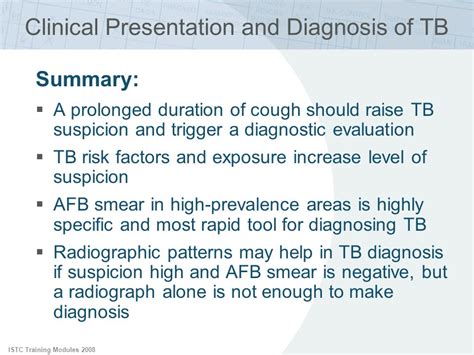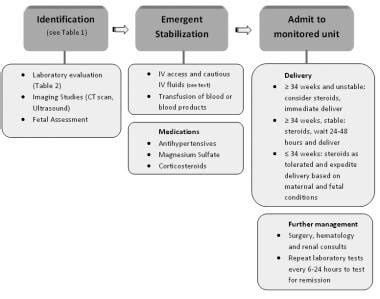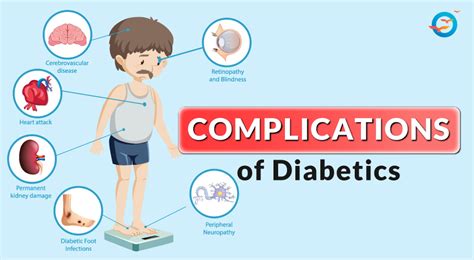Intro
Discover effective Hellp Syndrome treatment options, including medical management, plasma exchange, and corticosteroids, to alleviate symptoms and prevent complications in pregnancy-related hypertensive disorders.
The HELLP syndrome is a serious complication that can occur during pregnancy, typically in its later stages. It is characterized by the breakdown of red blood cells, elevation of liver enzymes, and a low platelet count. This condition can be life-threatening for both the mother and the fetus if not promptly recognized and treated. Understanding the treatment options for HELLP syndrome is crucial for managing the condition effectively and minimizing potential complications.
HELLP syndrome often presents with non-specific symptoms, which can make it challenging to diagnose. However, once identified, the primary goal of treatment is to stabilize the mother's condition and ensure the best possible outcome for the fetus. This involves a combination of medical interventions and supportive care. The severity of the condition, the gestational age of the fetus, and the overall health of the mother are key factors that influence the choice of treatment.
The management of HELLP syndrome typically requires a multidisciplinary approach, involving obstetricians, hematologists, hepatologists, and other specialists as needed. The treatment plan is tailored to address the specific needs of the mother and the fetus, aiming to prevent further complications and promote a positive outcome. Early recognition and intervention are critical in managing HELLP syndrome effectively, as delays in treatment can lead to severe maternal and fetal morbidity or even mortality.
Understanding HELLP Syndrome

Understanding HELLP syndrome is the first step in managing the condition. It is a variant of preeclampsia, a pregnancy complication characterized by high blood pressure and often accompanied by significant amounts of protein in the urine. HELLP syndrome is considered a more severe form of preeclampsia, with the potential to cause serious complications for both the mother and the fetus if not treated promptly.
Clinical Presentation and Diagnosis

The clinical presentation of HELLP syndrome can vary, but common symptoms include abdominal pain, nausea and vomiting, headache, and in some cases, visual disturbances. The diagnosis is based on a combination of clinical findings, laboratory tests, and sometimes, imaging studies. Laboratory tests typically reveal a low platelet count, elevated liver enzymes, and evidence of hemolysis (breakdown of red blood cells).
Diagnostic Criteria
The diagnostic criteria for HELLP syndrome include: - Hemolysis, as indicated by abnormal blood smear, elevated bilirubin levels, or low haptoglobin levels. - Elevated liver enzymes, such as aspartate aminotransferase (AST) and alanine aminotransferase (ALT). - Low platelet count, typically below 100,000/μL.Treatment Options for HELLP Syndrome

The treatment of HELLP syndrome depends on the severity of the condition and the gestational age of the fetus. The primary goal is to stabilize the mother and deliver the fetus as soon as it is safe to do so. In some cases, particularly if the condition is mild and the gestational age is early, conservative management may be considered, with close monitoring of both the mother and the fetus.
Conservative Management
Conservative management involves: - Bed rest to reduce the risk of complications. - Corticosteroids to promote fetal lung maturity. - Close monitoring of maternal and fetal well-being. - Control of blood pressure, if necessary.Delivery
Delivery is the definitive treatment for HELLP syndrome, as it removes the source of the disease process. The decision to deliver is based on the gestational age and the condition of both the mother and the fetus. Vaginal delivery may be considered if the condition is not too severe and the cervix is favorable. However, cesarean delivery is often necessary, especially if there are concerns about the well-being of the fetus or if vaginal delivery is not possible.Postpartum Care

After delivery, both the mother and the baby require close monitoring for potential complications. The mother may need supportive care, including blood transfusions if there is significant anemia, and monitoring for complications such as disseminated intravascular coagulation (DIC) or acute renal failure.
Maternal Monitoring
Postpartum monitoring of the mother includes: - Close observation for signs of bleeding or other complications. - Monitoring of blood pressure and urine output. - Serial laboratory tests to assess for resolution of hemolysis, elevation of liver enzymes, and improvement in platelet count.Neonatal Care
The newborn may require care in a neonatal intensive care unit (NICU), especially if premature or showing signs of distress. This care includes: - Supportive therapy, such as oxygen and ventilation, if necessary. - Monitoring for potential complications related to prematurity or the effects of HELLP syndrome on the fetus.Complications and Long-Term Outcomes

HELLP syndrome can lead to significant complications for both the mother and the fetus, including placental abruption, acute renal failure, liver hematoma or rupture, and disseminated intravascular coagulation. Long-term outcomes can vary, but most women who have had HELLP syndrome can expect to make a full recovery. However, there is an increased risk of recurrence in subsequent pregnancies.
Maternal Complications
Maternal complications may include: - Placental abruption - Acute renal failure - Liver hematoma or rupture - Disseminated intravascular coagulation (DIC)Fetal and Neonatal Complications
Fetal and neonatal complications may include: - Premature birth - Low birth weight - Respiratory distress syndrome - Neonatal intensive care unit (NICU) admissionPrevention and Future Perspectives

While there is no proven method to prevent HELLP syndrome, early recognition and management of preeclampsia can potentially reduce the risk of developing HELLP syndrome. Future perspectives include ongoing research into the pathophysiology of the condition, aiming to identify predictive markers and develop more effective treatment strategies.
Research and Awareness
Research into the causes and management of HELLP syndrome is ongoing. Raising awareness among healthcare providers and the general public about the risks and symptoms of HELLP syndrome can lead to earlier diagnosis and treatment, potentially improving outcomes.What are the primary symptoms of HELLP syndrome?
+The primary symptoms of HELLP syndrome include abdominal pain, nausea and vomiting, headache, and in some cases, visual disturbances.
How is HELLP syndrome diagnosed?
+HELLP syndrome is diagnosed based on a combination of clinical findings, laboratory tests (such as a low platelet count and elevated liver enzymes), and sometimes, imaging studies.
What are the treatment options for HELLP syndrome?
+The treatment options for HELLP syndrome include conservative management (bed rest, corticosteroids, and close monitoring) and delivery, which is the definitive treatment. The choice between vaginal delivery and cesarean section depends on the severity of the condition and the gestational age of the fetus.
In conclusion, HELLP syndrome is a serious pregnancy complication that requires prompt recognition and management to prevent severe maternal and fetal morbidity or mortality. Understanding the condition, its diagnosis, treatment options, and potential complications is essential for healthcare providers and expectant mothers. By raising awareness and continuing research into the pathophysiology and management of HELLP syndrome, we can work towards improving outcomes for those affected by this condition. We invite readers to share their thoughts, experiences, or questions regarding HELLP syndrome in the comments below, and to share this article with anyone who might benefit from this information.
